If you’re not listening to the Off Duty On Duty Podcast, you should be. And you need to seek out the January 31 edition, featuring Legendary Lawman Marshal Chuck Haggard, himself. He discusses a topic near and dear, Episode 95- Police Training Needs a Hard Reset.
The conversation is drawn from a criminal case filed against a police officer. Chuck was not pleased seeing the case as a political prosecution of a single police officer due to training inadequacies of the officer’s agency. That the agency contributed to the officer’s criminal conviction seemed to show they were trying to cover their “deliberate indifference,” if one can borrow that term from a federal civil rights case … that the agency (and the city) skates while the individual victimized by his employer gets sent over.
That’s what I get from the conversation, but “wait! There’s more!” At one point, if memory serves, the redoubtable Mr. Haggard points out that just passing a handgun qualification makes you no more a gunfight survivor – or even just competent to do the job - than driving golf balls at the driving range makes a golfer Tiger Woods.
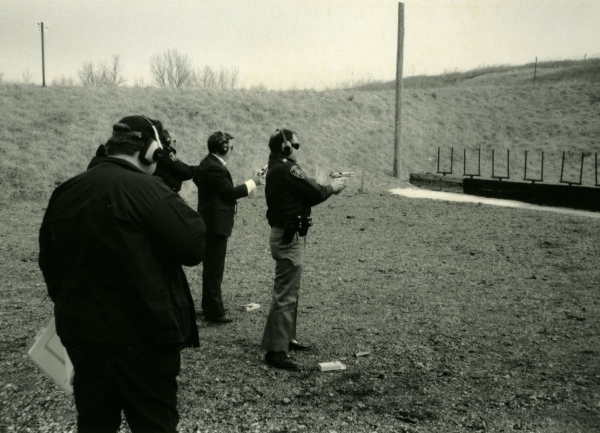
So what about gunfight training? We’re apparently in the midst of a “cops can’t be trained to be warriors because … well, something” trend. Accordingly, historical lessons – some discussed in this service – have essentially been lost to the ages.
First, ‘line drills’ like the ‘easily and quickly (read “cheaply”) administered firearms qualification are not training. You’re passing a test – not a particularly difficult one – and it may be the only time you handled that sidearm in a year.
To pass that, very often we have to settle on the most basic of marksmanship and handling issues. Those largely consist of “hitting a mark.”
Intentionally; accidentally hitting doesn’t count.
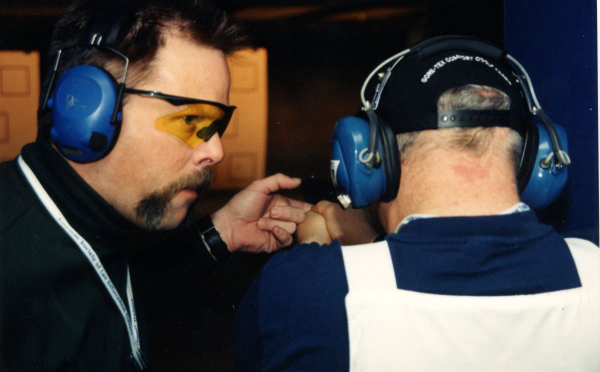
When people can’t sort out GRIP versus TRIGGER, we have to break it down. The image shows Peter Burlingame, Self Defense Initiative, Inc., executing the “exemplar drill” – essentially pressing the trigger for the shooter while the shooter holds the gun still. That is very basic.
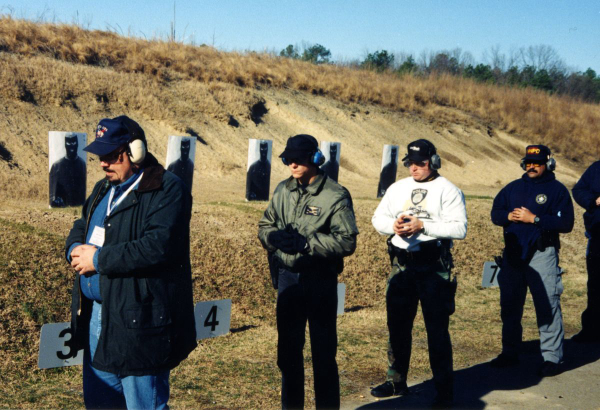
After getting the trainees to be able to safely handle the gun and ‘mostly’ hit a target, we have to go to movement. Some is still very basic – shown here is an exercise in Pivots & Turns. An innovator in police firearms training in the US, Clive Shepherd, got people to moving on the range – with loaded guns.
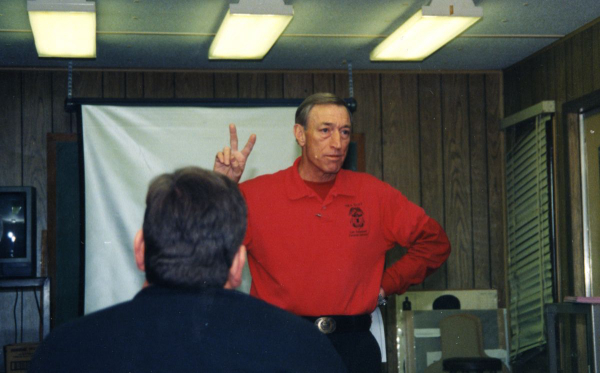
Just like they’ll have to do out in the world.
The next is to move people into simulators. From an open, square range, they’re having to negotiate hallways, corners, doors (don’t forget windows!) while seeking the nonliving targets therein.
Finally, it’s time for ‘force on force’ simulations. Clearly the most dangerous aspect of police use of force training, it requires discipline and organization on the part of the instructors. It’s too easy for a ‘live weapon’ (not the best term) to enter the scenario and precipitate a tragedy.
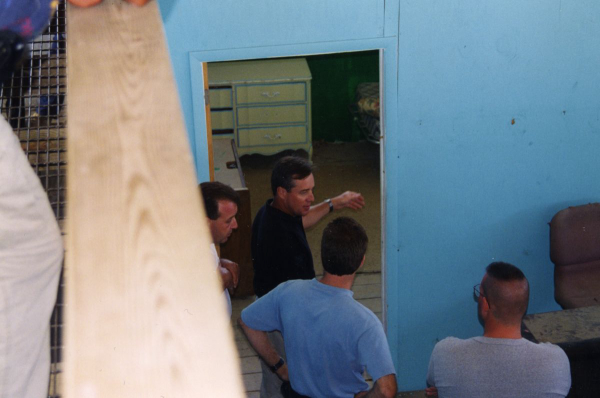
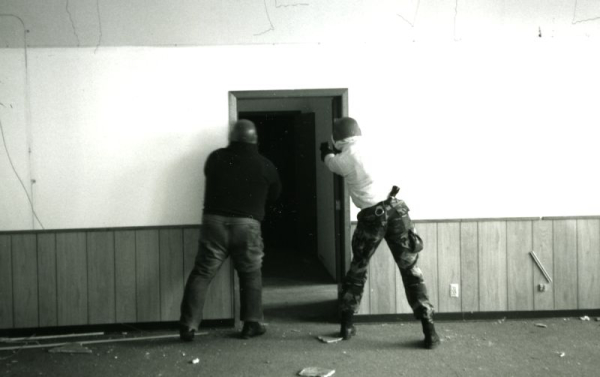
Having someone have to make force decisions in the moment against living breathing human beings, force on force brings together verbalization skills, movement within structures, moving from hands-on to uses of force tools, control and custody – and, in some situations, use of the firearm.
It’s clear we can’t start with force on force -- just like it should be clear we can’t stop at line drills. For the nonsworn, it’s been said that once you can use your sidearm to repeatably get five hits into a five-inch circle at five yards in five seconds from a muzzle averted position, it’s time to work on decision making skills, including threat assessments and awareness.
Our cops are held to a higher standard. It’s long past the time to hold the agencies (and prosecutors) to those standards.
-- Rich Grassi